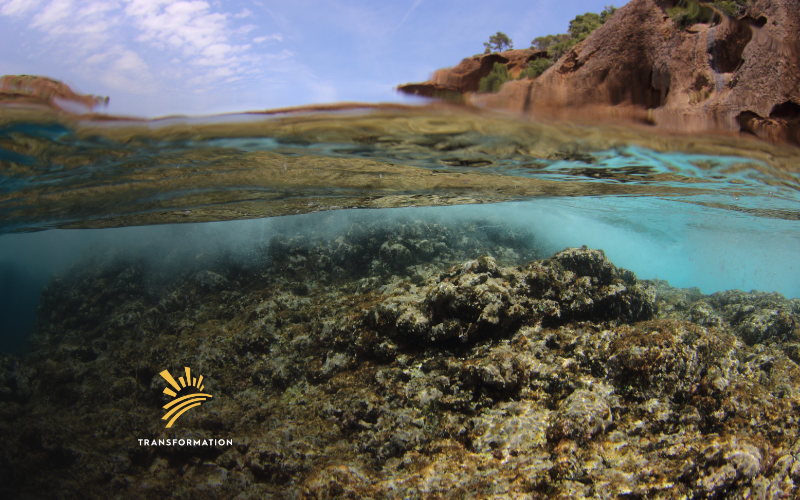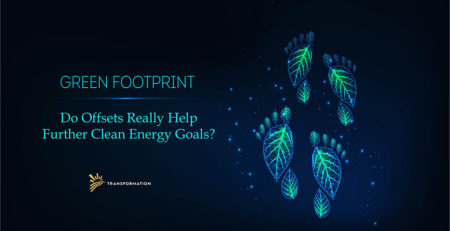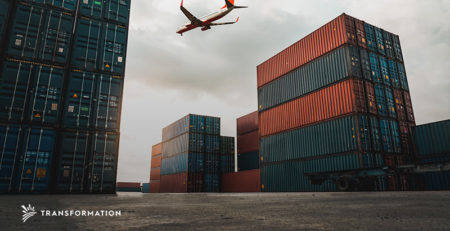Harnessing Alternative Energy Innovations for Maximum Efficiency
Harnessing alternative energy sources has become increasingly important in recent years due to the urgent need to reduce carbon dioxide emissions and combat climate change. To this end, research into various renewable energy resources such as geothermal energy, concentrated solar power, biomass energy, solar radiation, wind power, and hydropower has been ongoing for decades.
However, it is only recently that technological advancements have allowed us to harness these resources efficiently and cost-effectively.
Over the last decade, governments from across the globe have been working on renewable energy projects. After conducting extensive research into these renewable resources, the global community agreed that transitioning away from traditional fossil fuels to these greener forms of energy production was essential.
In 2015, renewable energy accounted for 10% of the total energy consumed in the United States. 50% of the energy was in the form of electricity. The complete shift to renewable energy sources depends on technology.
Here is an overview of new technologies that promote the efficient generation of alternative energy or clean energy.
Fishy Turbines
The wind is one of the best alternative energy sources that are clean and eco-friendly. As the demand for this form of energy grows, the size of turbines increases.
A recent report by the Energy Information Administration states that offshore wind is 2.5X more expensive than onshore wind. The high cost is due to the technology used to develop the turbines. Unlike onshore wind, the turbines are strategically placed in seas, lakes, and other water bodies.
John Dabiri, a bioengineering professor at Stanford University, is working with a team of experts to develop vertical-axis wind turbine farms to increase wind energy production. Ordinary wind farms have horizontal-axis wind turbines engineered to spin at right angles.
Horizontal-axis wind turbines are more efficient than vertical turbines. However, they need to be spaced out to ensure that the airflow patterns created by one turbine don’t interfere with and compromise the ability of adjacent turbines to capture wind energy.
Like how fish create patterns as they swim, Dabiri’s team created a wind farm with a design that resembles the swimming fish pattern to effectively and efficiently harness wind power. They installed vertical-axis turbines close to each other to achieve this goal instead of spacing out horizontal-axis turbines.
The team realized that the alternation of wind direction and speed by adjacent turbines as they rotate in opposite directions increases the amount of wind energy generated by wind farms.
Artificial Seafloor Carpet
Marine energy is another alternative energy that is little talked about despite its potent ability to reduce over-reliance on fossil fuels for energy generation. The University of California Reza Alam, a mechanical engineering professor, aims to harness and reduce the cost of marine energy by developing an artificial seafloor carpet.
In a recent interview, Alam said, “Mud can take up a huge amount of energy from ocean waves. If mud can do such a great job in harnessing energy from ocean waves, why don’t we design something that behaves like mud and responds to the action of waves passing over it?”
Based on observation of this phenomenon, Alam’s team has designed an artificial seafloor carpet that absorbs energy from the ocean waves just like mud does. The energy is converted into power used in offshore aquaculture farms and seawater desalination facilities.
He stated, “In California alone, an average of 35 kilowatts of energy per meter of coastline come towards the coast from the ocean. This means that every meter of the California coast can power seven houses with a device operating at 20% efficiency, which is conservative.
At the time of writing, the team is experimenting with different materials in a wave tank to identify cost-effective materials and ideal environments to install the artificial carpet.
Oscillating Hydrofoil to Tap Ocean Tides Energy
A study by the U.S Energy Information Administration revealed that energy from ocean waves could supply 66% of the national U.S. electricity in 2017. A computational scientist from the University of Wisconsin was inspired by how bats, birds, and insects flap their wings when in flight to develop oscillating hydrofoils that can extract energy efficiently from ocean tides.
The current devices are engineered to rotate. Oscillating hydrofoils, on the other hand, have flaps and an aircraft wing design. Its symmetrical elliptical cross-section harvests wave energy as the tide ebbs and flows over the wing.
Solar Spirals
Torresol Energy takes pride in having one of the largest solar farms in Spain, the Gemasolar solar power plant. The solar farm comprises 2,650 heliostats that work in tandem to monitor the sun’s movement.
The heliostats fan out and reflect the sunlight to a 150-meter-high tower. The tower’s central section has an energy storage system. This section is packed with molten salts that store the energy captured for long periods.
In 2012, the Massachusetts Institute of Technology collaborated with RWTH Aachen University based in Germany to publish an article in Solar Energy that recommends a way to increase solar farm efficiency.
In the article, the researchers state that the performance and efficiency of solar farms similar to Gemasolar power plants can be improved by arranging heliostats in a spiral pattern similar to sunflower florets.
The recommended pattern, dubbed the Fermat spiral pattern, ensures that the efficiency of heliostats installed close to the tower is peak. Concisely, arranging the heliostats in a Fermat spiral pattern increases the solar energy plant’s efficiency and reduces its footprints.
Maximum Efficiency
By utilizing modern turbines for electricity generation, alternative energy, natural gas for heat production, and kinetic energy for powering industrial processes, we can maximize the efficiency of renewable energy resources and reduce our dependence on fossil fuels.
In addition to this, we can also use concentrating solar thermal power plants with gas turbines to generate electricity from solar radiation or employ biomass fuel cells in order to produce electricity from biodegradable materials.
Final Thoughts
In order for us to better utilize alternative energy sources while ensuring maximum efficiency and return on investment (ROI), governments must be willing to invest heavily in research & development initiatives that explore new methods of extracting clean electricity.
By embracing technological advancements and closely monitoring the results produced by these new forms of renewable energy technologies, governments can ensure that their investments are leading toward tangible results that will benefit the environment and society at large.
Ultimately, embracing technological advancements and working with researchers is one of the sure ways of effectively harnessing solar and wind to produce clean electricity. With so much at stake, it is vital that governments across the globe continue investing in renewable energies to ensure a sustainable future for generations to come. Concisely, generating electricity from renewable energy sources will significantly combat climate change by reducing carbon emissions and greenhouse gas emissions.





Leave a Reply